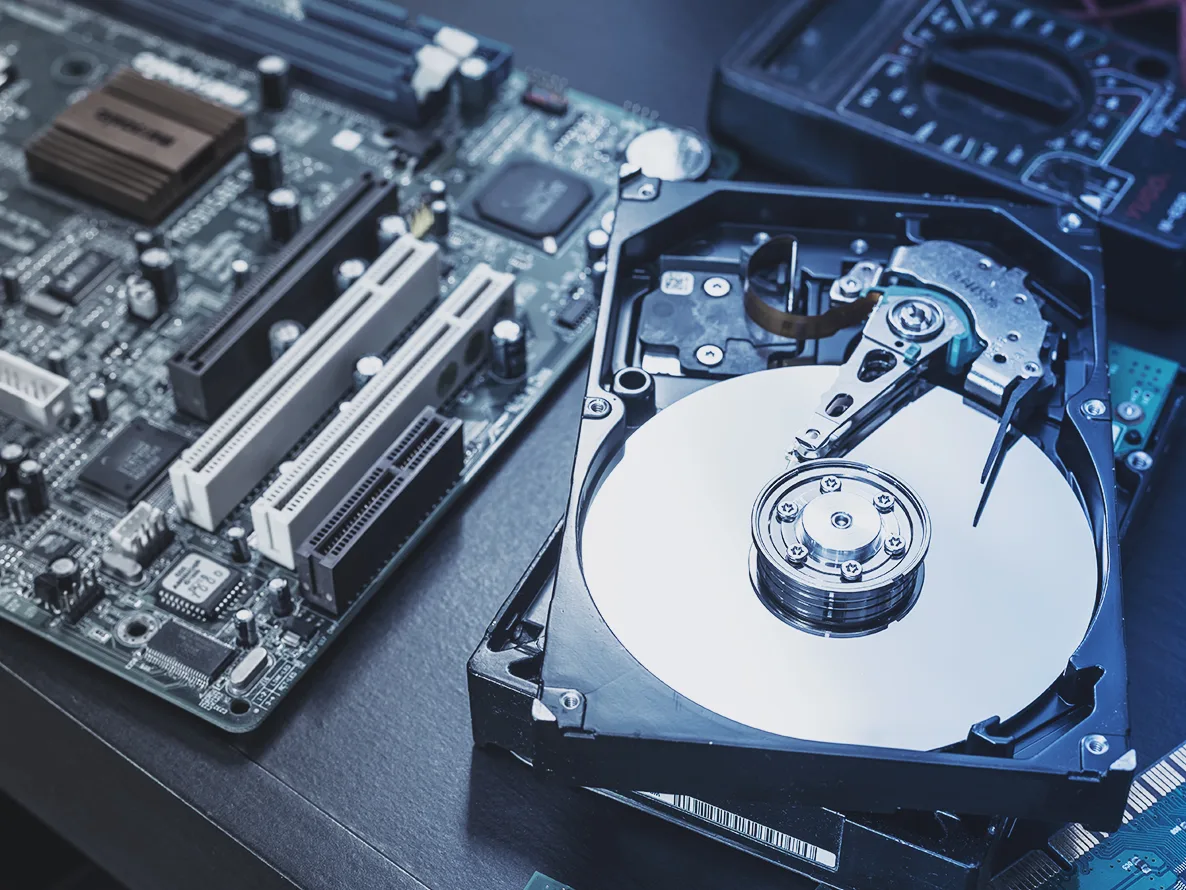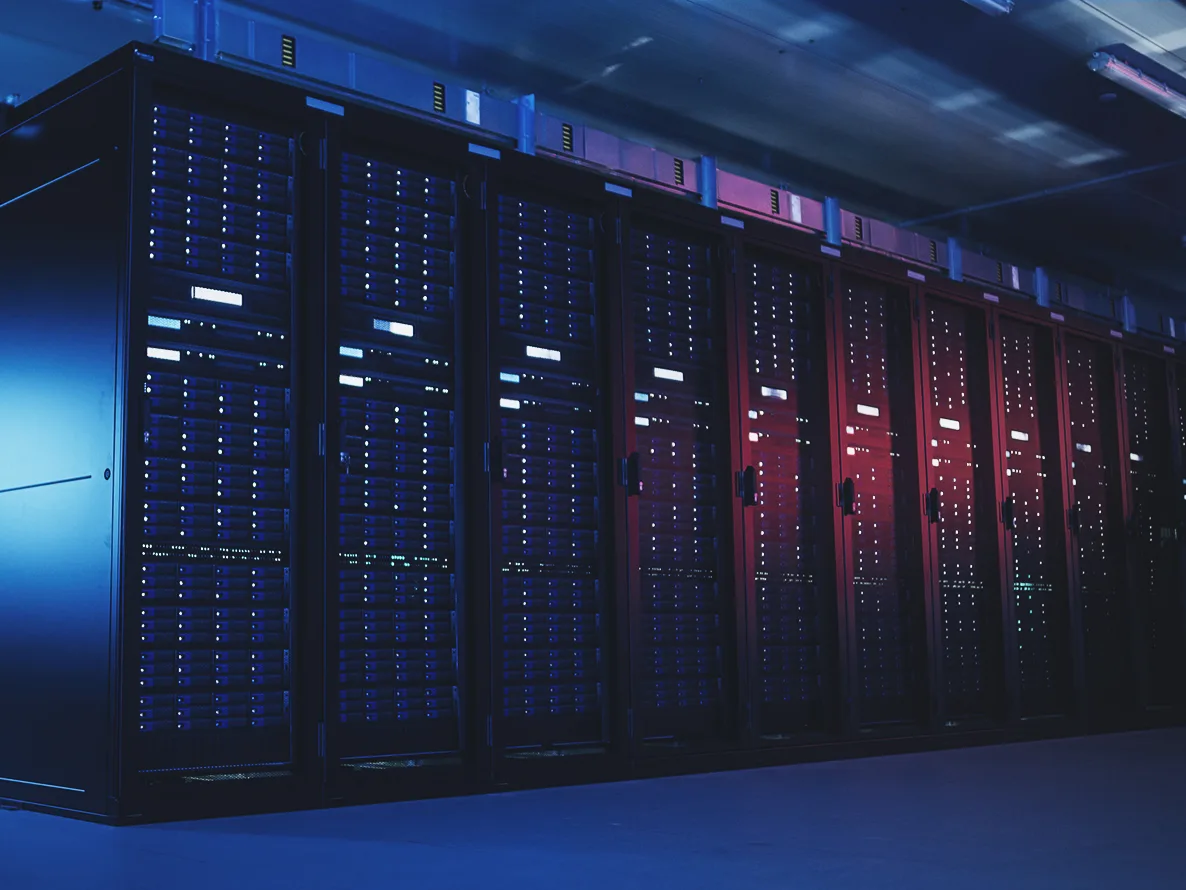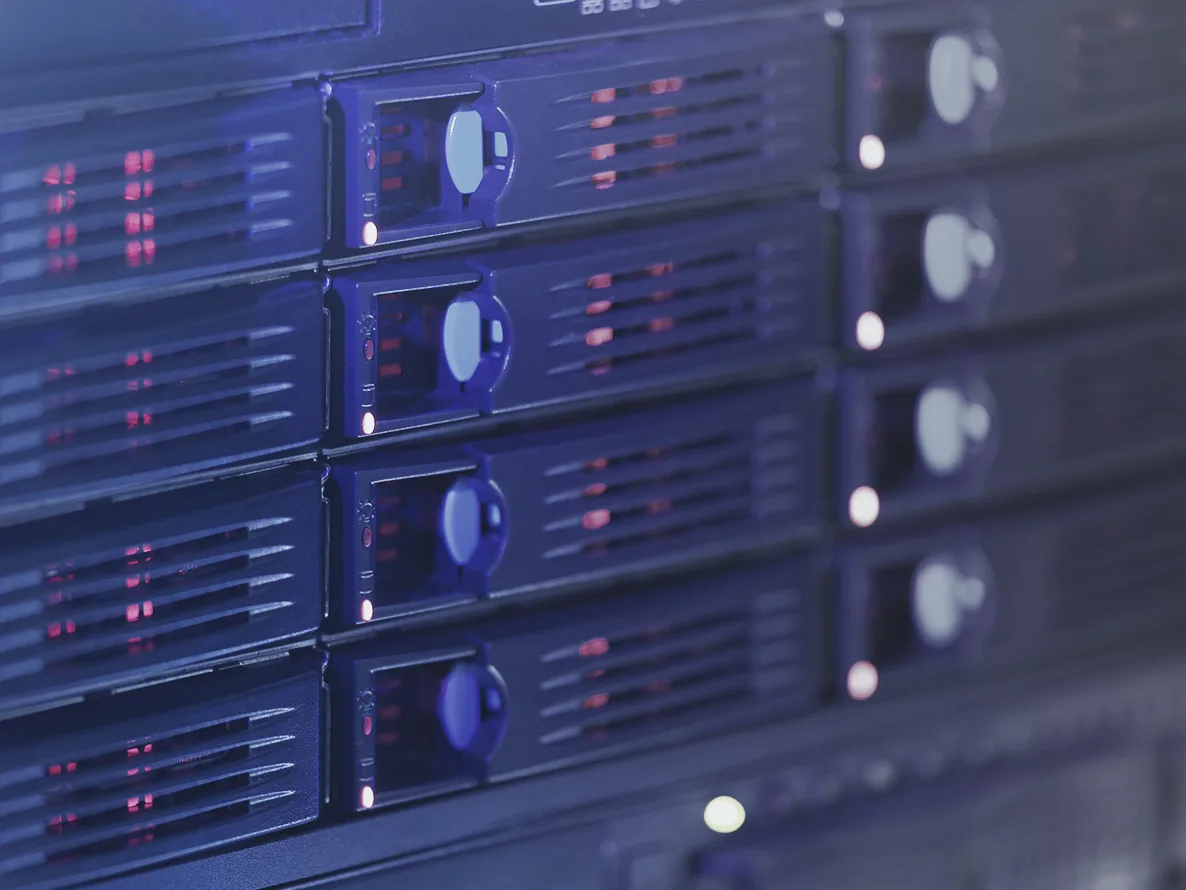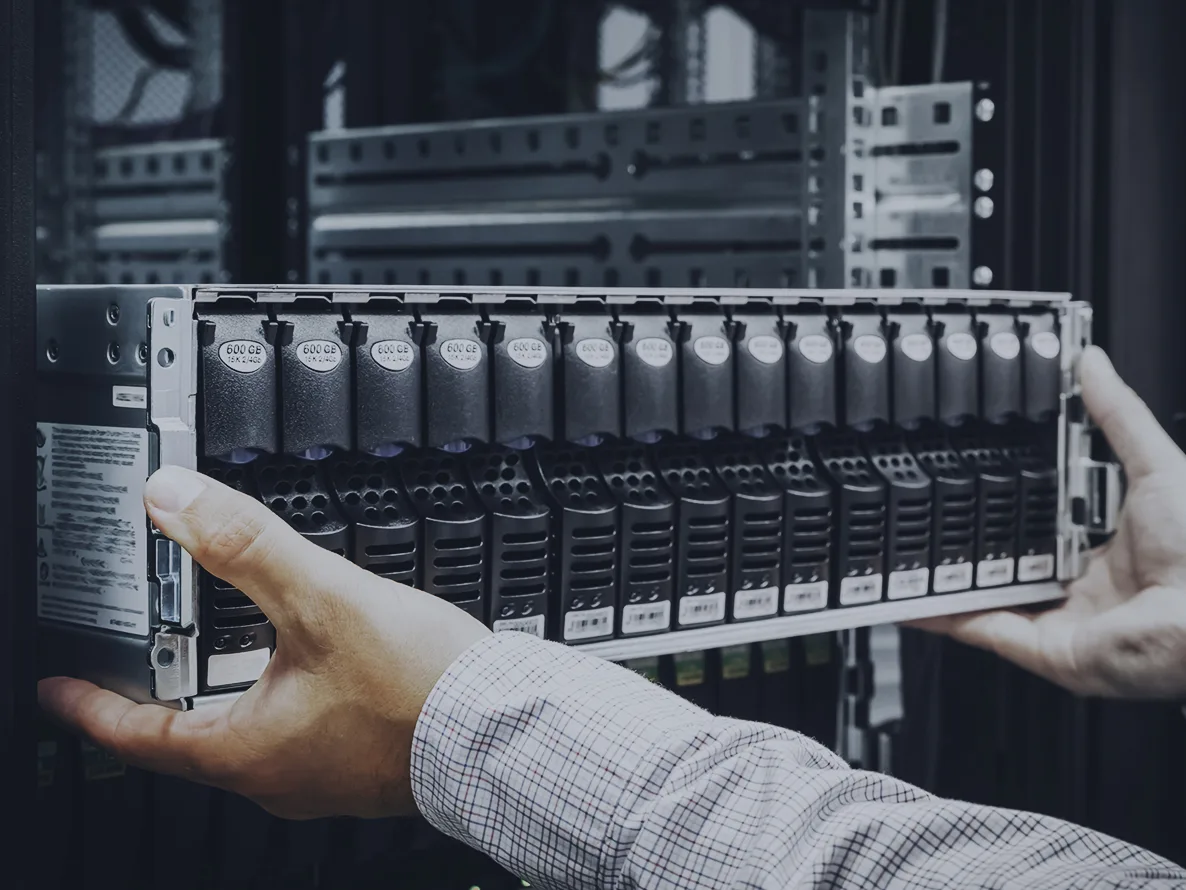Enable Business Continuity and Resilience
Disruptions come in all shapes and sizes. Natural disasters, human errors, and man-made cyberattacks, such as ransomware, can all sidetrack your business. You need to be equipped to handle the onslaught of disruption from all directions.

Minimize Data Loss and Downtime
Revenue, data, and your reputation are at stake when you experience downtime. Worse yet, data loss can result in additional revenue loss. When you have an IT infrastructure solution in place, it needs to address uptime and availability.
The reliability of your applications and infrastructure can be make-or-break for your business. Unplanned outages can cost a business an average of $400,000 an hour and happen to 35 percent of businesses of that size every month.
Hosted cloud services allow you to host your systems in a provider’s data center, and can serve as a modern way to address challenges with downtime. Most data center providers are built to run 24x7x365, ensuring the most uptime possible.
Geographic Diversity of Your Infrastructure Matters
Depending on geography, your data centers can be prone to unplanned downtime due to natural disasters such as hurricanes, earthquakes, tornadoes, and floods. Some experts recommend housing important business processes in a data center separated geographically from your primary center. This secondary location should be less prone to disaster. Having that geographic diversity and redundancy means you decrease the likelihood of experiencing outages.
Having a data center further away from your main business operations in the face of a disaster can feel nerve-wracking. However, it can be important for business resiliency and safety. Look for a data center provider you trust that offers diverse locations.

3 Data Center Location Considerations


Ensure Your Recovery Meets Low RPOs and RTOs
Think of mitigating your downtime and disruption as a Goldilocks solution — investing in something more robust than you need can inflate costs, but undershooting can lead to long-term consequences.
Working on an effective disaster recovery and business continuity plan includes identifying the ideal recovery time objective (RTO) and recovery point objective (RPO). An RTO is related to acceptable downtime, and an RPO is related to acceptable data loss.
If your RTOs and RPOs are not where you want them to be, your organization can benefit from Disaster Recovery as a Service (DRaaS).

3 RTO and RPO Considerations for Your Disaster Recovery Plan
Limit the Use of On-premises Infrastructure Due to Reliability Concerns
Man-made and natural disasters can threaten your business operations, putting your resiliency at risk with potential system failure, service disruptions, and data loss.
Organizations can reduce the potential of IT disruption by identifying critical infrastructure and moving it to third-party data centers and cloud service providers. A move off-premises is ideal in a couple of ways - it removes the issue of a single point of failure, plus it gives the business the benefit of provider expertise. A good data center provider can assist with data protection, data preparedness, and state-of-the-art data centers.

Better IT Infrastructure Resilience: Off-Premises Options


Build Business Resiliency Against Ransomware
A “ready for ransomware” disaster recovery plan takes into consideration the recovery point where data should be restored. It should also consider the recovery time it should take for your organization to become operational again.
A validated and secure data backup program can help businesses avoid paying a ransom. This also helps deter cybercriminals from engaging in ransomware, because they get encouraged by every ransom that is paid. Backing up your files securely is beneficial for you and other businesses. Even without a ransom, it can take up to 40 employee hours to recover systems and replace data, so a disaster recovery solution is essential.

How Disaster Recovery Strengthens Ransomware Defense
How We Can Help
TierPoint’s IT disaster recovery and business continuity solutions allow businesses to limit their interruptions and protect their data and infrastructure.
TierPoint data center services enable uptime and availability, compliance, and various connectivity options to reach your business goals.
As Disaster Recovery as a Service (DRaaS) provider, we can help you achieve IT resiliency in your business.
Leverage the power of hybrid cloud capabilities with TierPoint Cloud Services and Solutions to achieve maximum uptime and performance.
